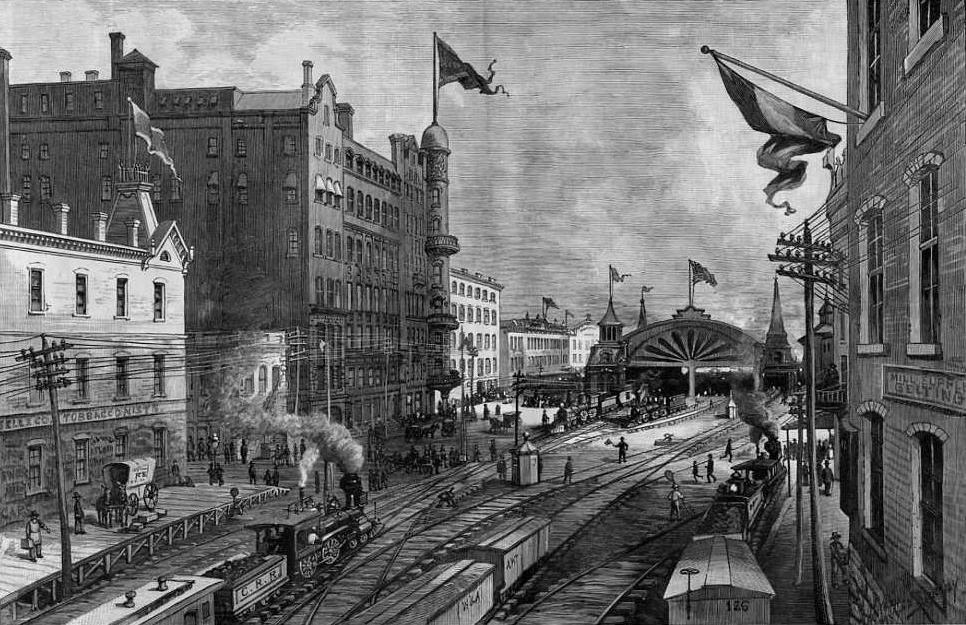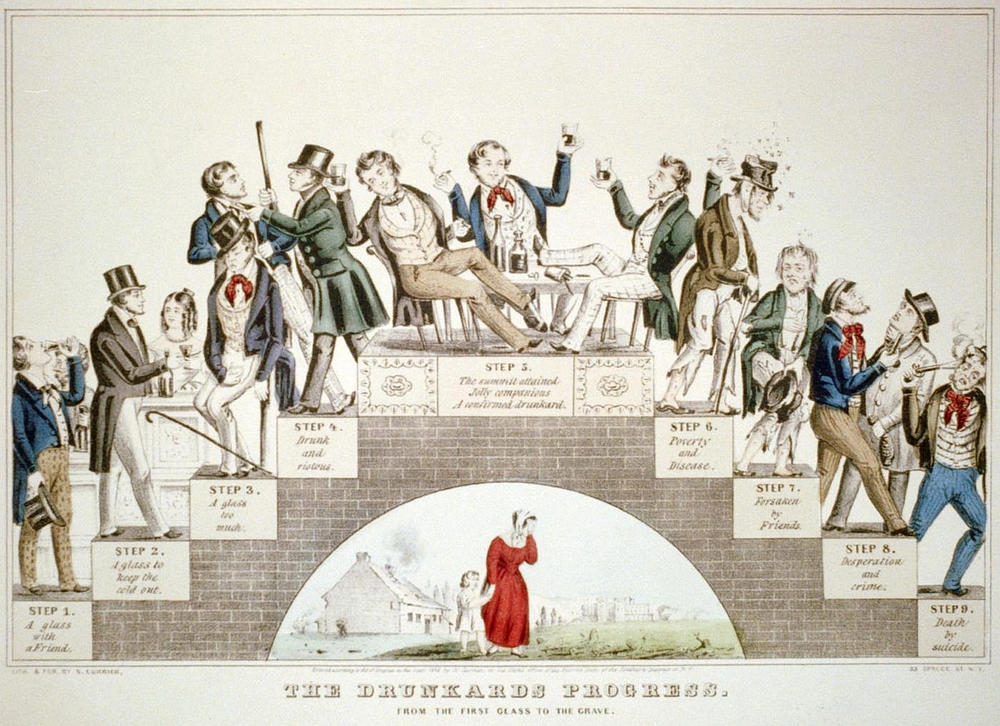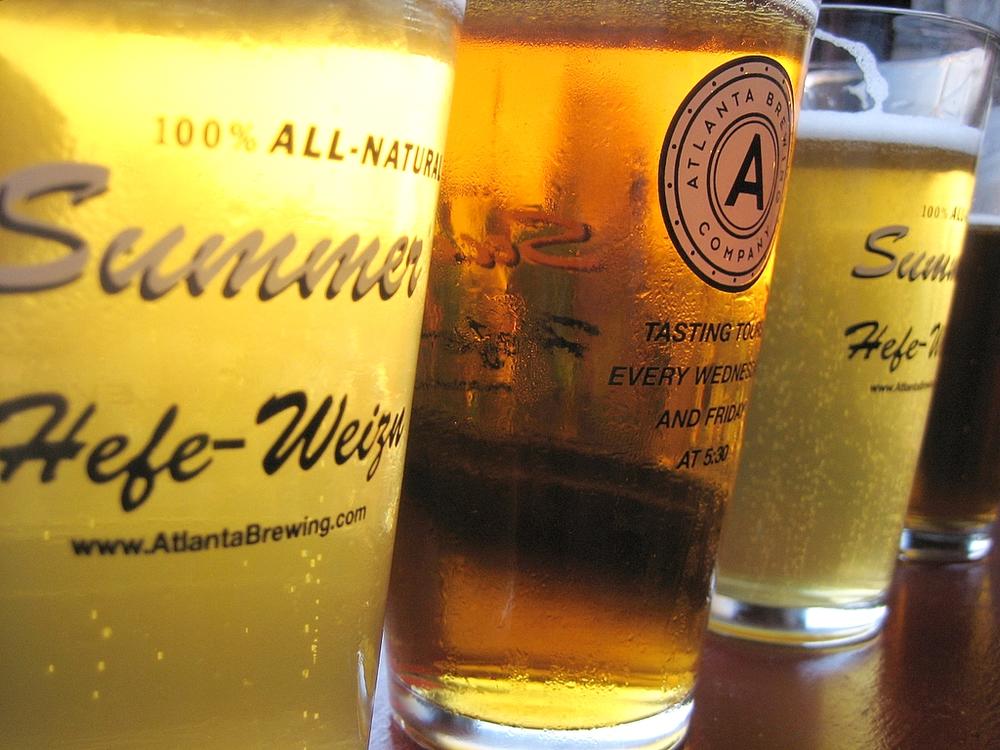Section Branding
Header Content
A Brief History Of Alcohol (And The Lack Thereof) In Georgia
Primary Content
We’ve come a long way from 1733, when Georgia was founded as a dry colony. Views on drinking have ebbed and flowed over time and so have the laws that govern alcohol.
GPB interns Kevin Kilgour and Isabeth Mendoza bring us this history of alcohol in the state, starting with General James Ogelthorpe.
ISABETH MENDOZA: Tracing back the history of alcohol in our state, Native American tribes across the lands made their own fermented beverages long before James Oglethorpe arrived on the shore in 1733. Oglethorpe was a British General and member of Parliament seeking to resettle debt prisoners in Georgia. Due to the colony’s financial ties to England, Georgia had alcohol restrictions to the point where by law, Georgia was “dry.”
After 12 years as governor, Oglethorpe couldn’t take it anymore. He hopped on a boat for England with a list of demands and successfully ended the ban on drinking.
KEVIN KILGOUR: Georgia becomes a state following the Revolutionary War, and alcohol use continues to thrive, thanks to the adoption of railroads. In 1837, the city of Terminus (now known as Atlanta) springs to life.
Railroads lead to ice, ice to better brewing, better brewing to taverns, and from taverns come saloons. These drinking establishments gained immense popularity…
MENDOZA: … so much so that things quickly got out of hand.
In short, saloons were wild. Temperance groups gained momentum as the social costs of alcohol consumption grew increasingly more apparent.
KILGOUR: The Civil War put temperance on hold, but after the war, it came back with a vengeance. In 1887, Atlanta city officials passed legislation that made liquor and beer licenses a luxury item few could afford.
MENDOZA: In the decades to follow, the movement mixed politics, alcohol and race. Fueled in part by racist allegations that blamed immigrant and African-American saloons for a 1906 race riot, within two years, alcohol was banned statewide. In the next ten years, so were saloons and breweries.
Prohibition went viral in the late nineteen-teens with the passage of the 18th Amendment to the U.S. Constitution. This held little significance to already-dry Georgians, and only took the state Senate four and a half minutes to ratify the change. The passage of the 21st amendment in 1933 came and went with similar apathy, as Georgia clung to prohibition for another five years.
KILGOUR: With alcohol off the shelves, moonshine took center stage. In order to transport the beverage from hidden distilleries to bigger city centers like Atlanta, and outrun the police if need be, distributors customized their rides with turbocharged engines. As it turns out, banning alcohol is pretty easy, but actually stopping people from drinking is another matter entirely.
MENDOZA: It took some time for the city of Atlanta to shake off the ghost of prohibition past, and it wasn’t until the 1990’s that the city’s beer culture began to take off. Atlanta Brewing, now known as Red Brick, was the state’s oldest operating craft brewery. The brewery’s name change in 2010 was attributed to a speech from Atlanta Mayor James M. Calhoun during the Civil War, where he said the city would “rise from the ashes” and its infrastructure rebuilt “one red brick at a time.”
KILGOUR: It’s doubtful Calhoun was referring to alcohol when he made his remarks, but there have been several laws passed that benefit brewers and consumers in Georgia. Most notably, in 2011, cities and counties across the state could decide whether or not to sell alcohol on Sundays.
MENDOZA: Last fall, Georgia became the last state in the country to allow breweries to directly sell to customers. That has led to an explosive growth of breweries and brewpubs. Since 2014, the number has doubled to more than 60 statewide.




